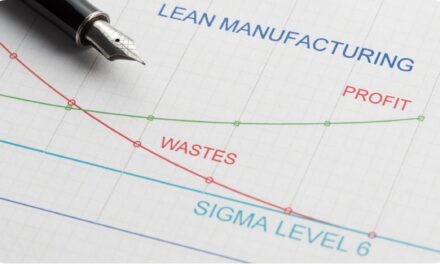US: TAPERING ON DEFINITE HOLD?
Recent softness in some of the jobs and activity data mean that a quantitative easing tapering announcement at the Federal Reserve’s September FOMC meeting looks unlikely. November seems the more probable date with asset purchases slowed from December onwards. The case for a dialling back of stimulus is strong given signs that the soft patch in activity caused by the resurgence of Covid may tentatively be coming to an end. Restaurant booking data and air passenger numbers have bounced sharply while Covid case numbers appear to be peaking in most states. Consequently, the steep fall in August retail sales that we are expecting, we hope, can be largely brushed off. We predict total sales fell 1.5% month-on-month given the volume of auto sales plunged 11.5%. Even with price increases, this still means that the dollar value of auto sales will be a huge drag given that in July, autos accounted for 19% of all retail sales. Based on the high frequency numbers we are seeing, we expect a stabilisation in September before a rebound in retail sales gets underway in 4Q, driven by strong employment and wage gains.
High inflation is also a reason to justify a Fed taper. Headline CPI is likely to remain close to 5.5% year-on-year this week with core inflation remaining at 4.3%. Given ongoing supply issues, rising labour costs and a clear sense of strong corporate pricing power – note the latest Federal Reserve Beige Book stated “several Districts indicated that businesses anticipate significant hikes in their selling prices in the months ahead” – we see little reason for inflation to fall meaningfully before 2Q 2022. The risk is that rising inflation expectations keeps it higher. Consequently, we continue to look for the Federal Reserve to conduct a swift taper with asset purchases ending in 2Q and interest rates increasing from late 2022 onwards.
China activity data could provide fresh cues for trading
China’s data dump on 15 September features industrial production, retail sales and fixed asset investment.
Iris Pang expects slower growth in retail sales as government policies, such as the closure of education centres and limiting online gaming hitting the jobs market. Meanwhile, industrial production is expected to slow only marginally due to isolated Covid-related closures. Lastly, the growth of fixed asset investments is predicted to pick up, bolstered by outlays in transport and infrastructure.
This acceleration will be driven directly by the government’s infrastructure programs as authorities attempt to fill the gaps in economic activity.
For more trading tools, real time data and technical analysis visit us https://lotusacademy.africa/
USD/CNY remained range bound with no sign that the PBOC was looking to engineer a weaker currency to stimulate the economy, yet.
Markets
Gold
Gold was a choppy mess and that could last a while if Treasury yields continue trade rangebound. Tapering expectations for the Fed have been pushed to the end of the year, but the only thing that could get gold going is if pricing pressures start to ease. Right now, Treasury yields seem to be the primary beneficiary to hotter inflation and that should send the dollar higher, which is negative for gold right now. Gold needs a catalyst above the $1800 level soon, otherwise momentum selling could get ugly for bullion.
Bitcoin
Bitcoin volatility will likely remain elevated as further regulatory oversight appears to be just around the corner. The Fed is expected to unveil a research paper this summer that explores a move to a central bank digital currency. The heavily anticipated Fed research paper could show how the Fed anticipates regulation to deliver a safer environment for the public in using cryptos and how to make payment systems more efficient. The SEC might also deliver new guidelines that could disrupt how crypto lenders behave and which products they can offer.
Bitcoin prices were attempting to form a base after a crash was triggered on the first day El Salvador made it legal tender. If the floor gives, panic selling could lead to another massive drop.
SOURCES: ING





